On View
Is Bill Viola the True Heir of Michelangelo? A Royal Academy Show Suggests He Is, But Many People Beg to Differ
The show controversially puts Viola in a direct line of descent from Michelangelo, the universally acclaimed master.
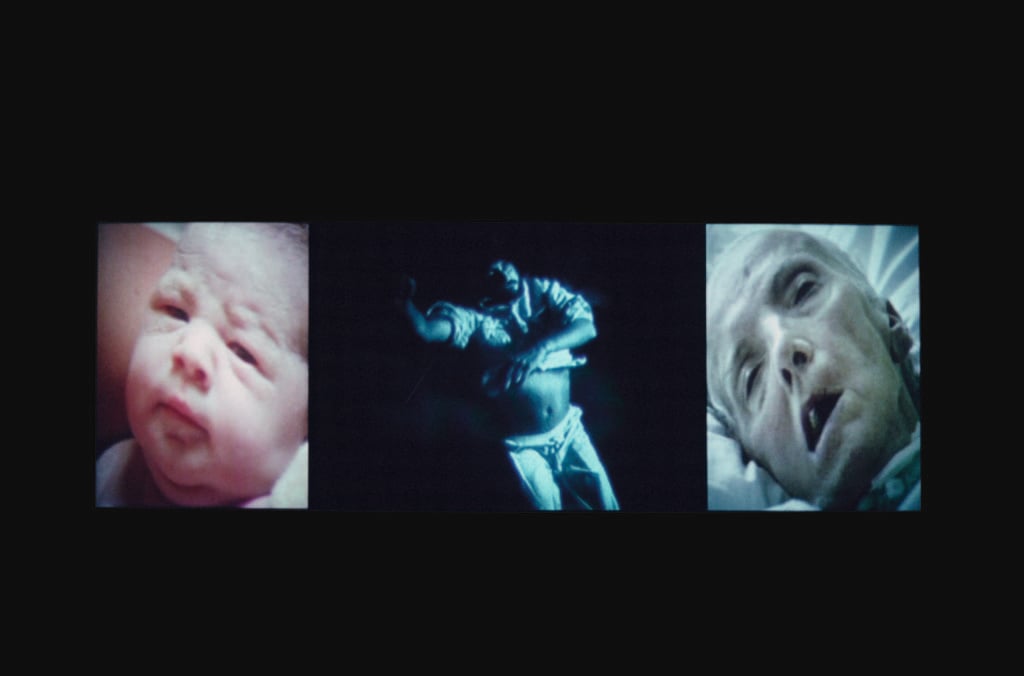
The show controversially puts Viola in a direct line of descent from Michelangelo, the universally acclaimed master.

Naomi Rea

The Royal Academy of Arts in London, one of the city’s most esteemed institutions, is pairing a group of exquisite late drawings by Michelangelo with—and you’re reading this correctly—videos by the polarizing video artist Bill Viola.
“Though working five centuries apart and in radically different media, these artists share a deep preoccupation with the nature of human experience and existence,” according to a statement from the institution.
It’s the first time the academy has staged a significant exhibition of video art, and it puts Viola, known for his “sacred” video installations, in a direct line of succession from the universally acclaimed Renaissance Old Master.
Fourteen of Michelangelo’s drawings, including The Risen Christ (around 1532), are juxtaposed with 12 of Viola’s video installations spanning 1977 to 2013. The so-called “Taddei Tondo,” Michelangelo’s only marble sculpture in the UK, which depicts the Virgin and child with the infant Saint John, is also on view.
Like Michelangelo’s detailed drawings, Vioel’as works are meant to tackle life’s most important and unanswerable questions. His 1992 video, Nantes Triptych, is bookended by footage of a woman giving birth and of Viola’s mother on her deathbed. Slapped in the middle is a mysterious floating figure. Elsewhere, Viola’s transcendent Tristan’s Ascension towers over the viewer, its trapped soul forever ascending (to what, we don’t know).
The show opens to the public tomorrow, January 26.
While some might be excited to witness the strange coupling, the critical reception so far has been less than enthusiastic. The Guardian’s Adrian Searle calls Viola’s incursion an “empty spectacle” and the Telegraph’s Alastair Sooke deems the show “preachy” and “pompous,” arguing that “only an artist with extreme delusions of grandeur would dare to sanction” an exhibition that paired him with Michelangelo.
The show is curated by Martin Clayton, the head of prints and drawings at Royal Collection Trust, with Viola’s wife, Kira Perov, and Royal Academy curator Andrea Tarsia.
See some works from the exhibition below.
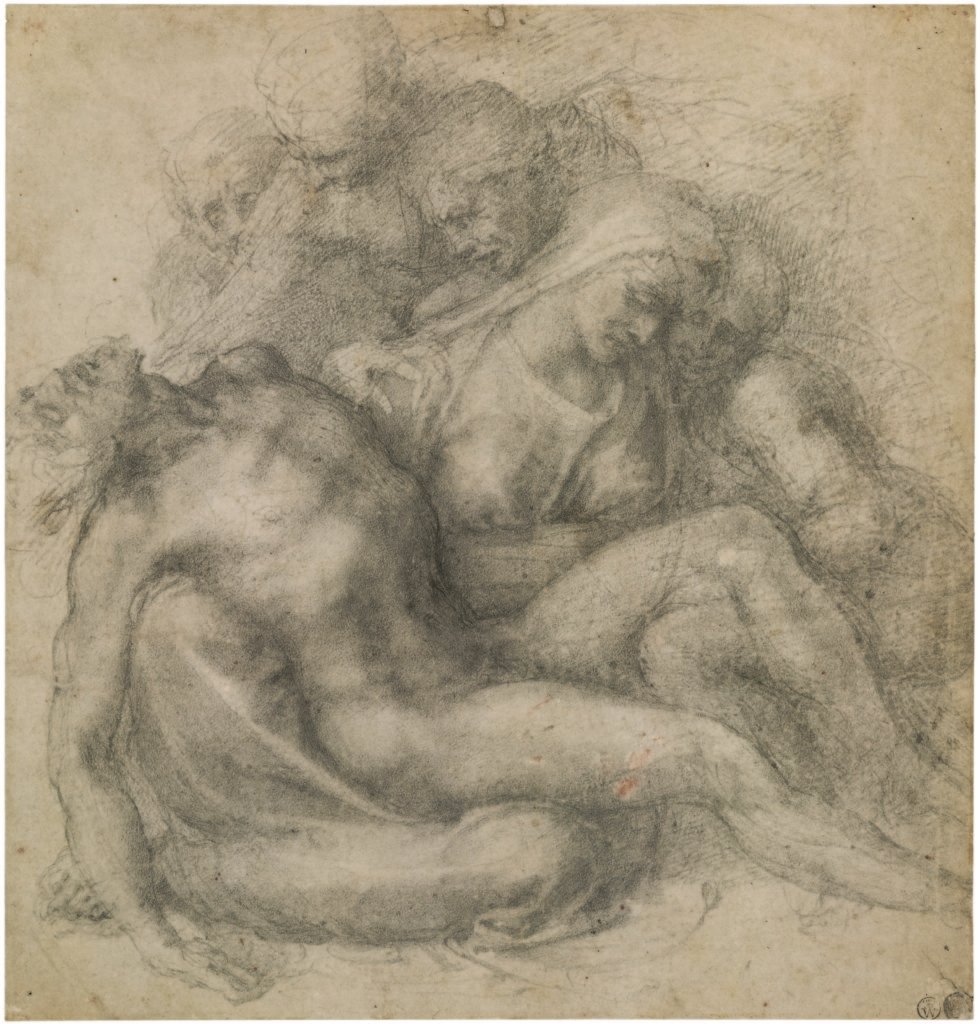
Michelangelo Buonarroti, The Lamentation over the Dead Christ (c. 1540). The British Museum, London. © The Trustees of the British Museum.
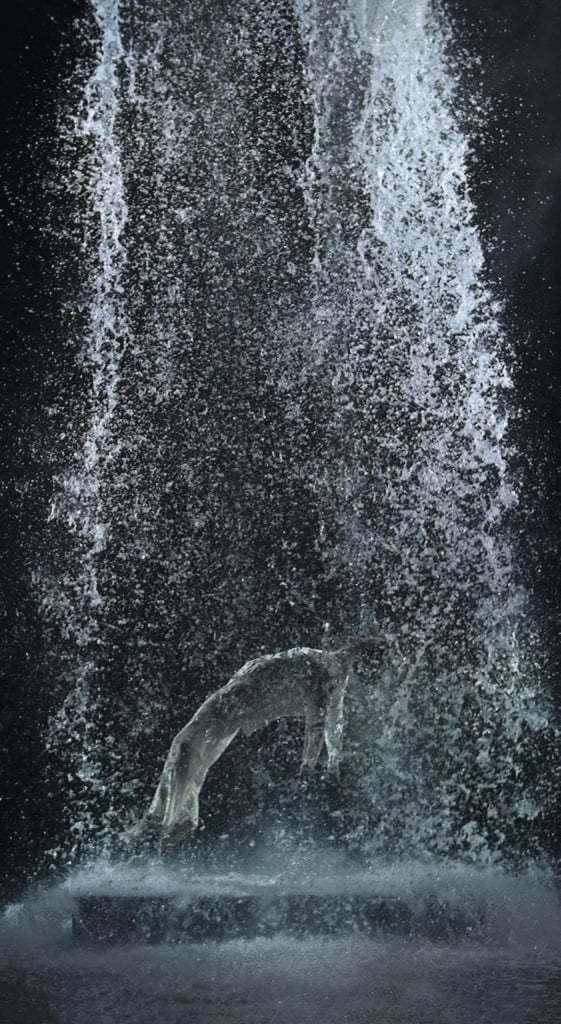
Bill Viola, Tristan’s Ascension (The Sound of a Mountain Under a Waterfall) (2005). Performer: John Hay. Courtesy Bill Viola Studio. Photo by Kira Perov.
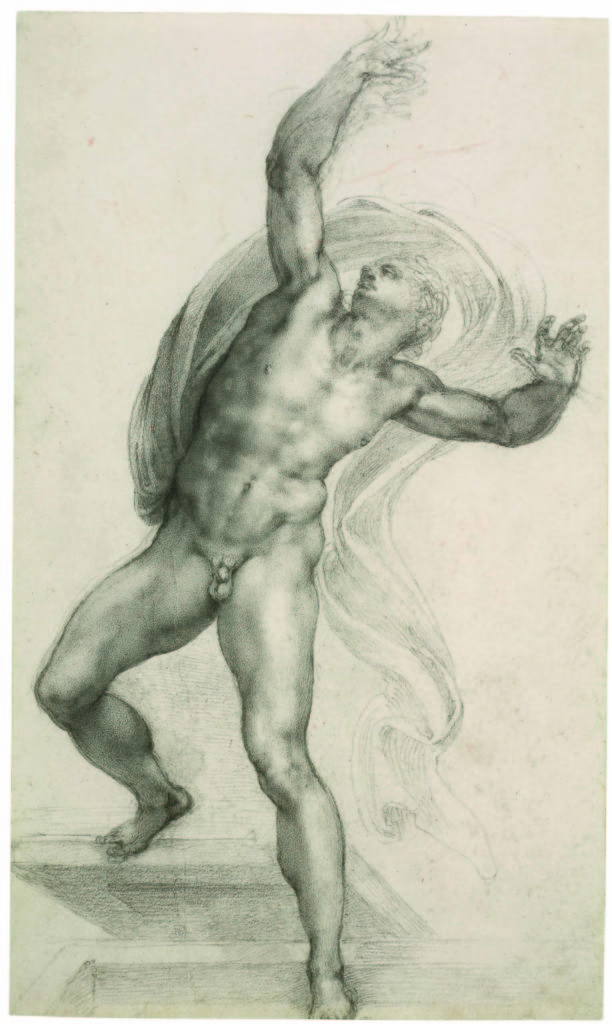
Michelangelo Buonarroti, The Risen Christ (c. 1532–33). Royal Collection Trust / © Her Majesty Queen Elizabeth II 2019.
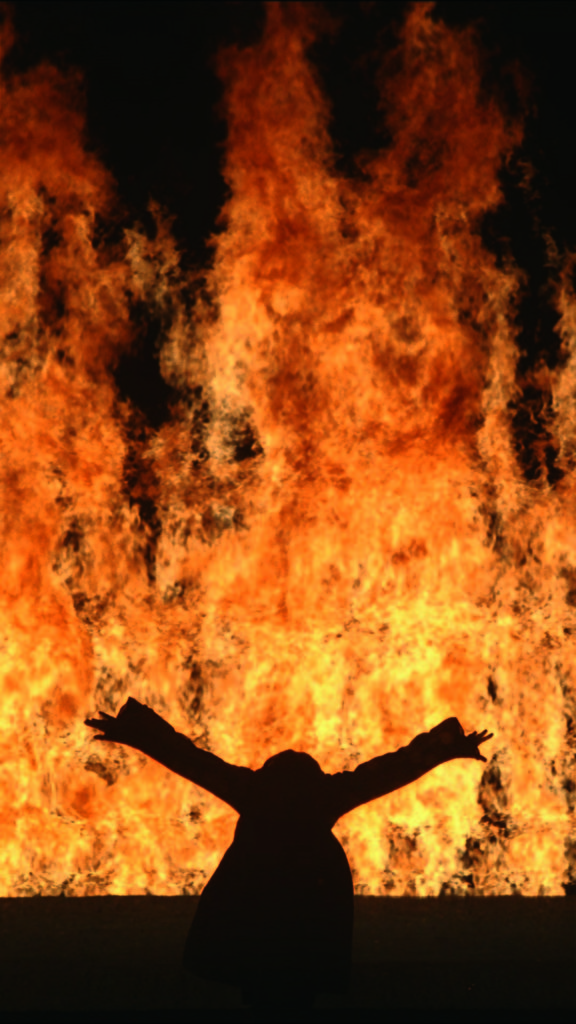
Bill Viola, Fire Woman (2005). Performer: Robin Bonaccorsi. Courtesy Bill Viola Studio. Photo by Kira Perov.
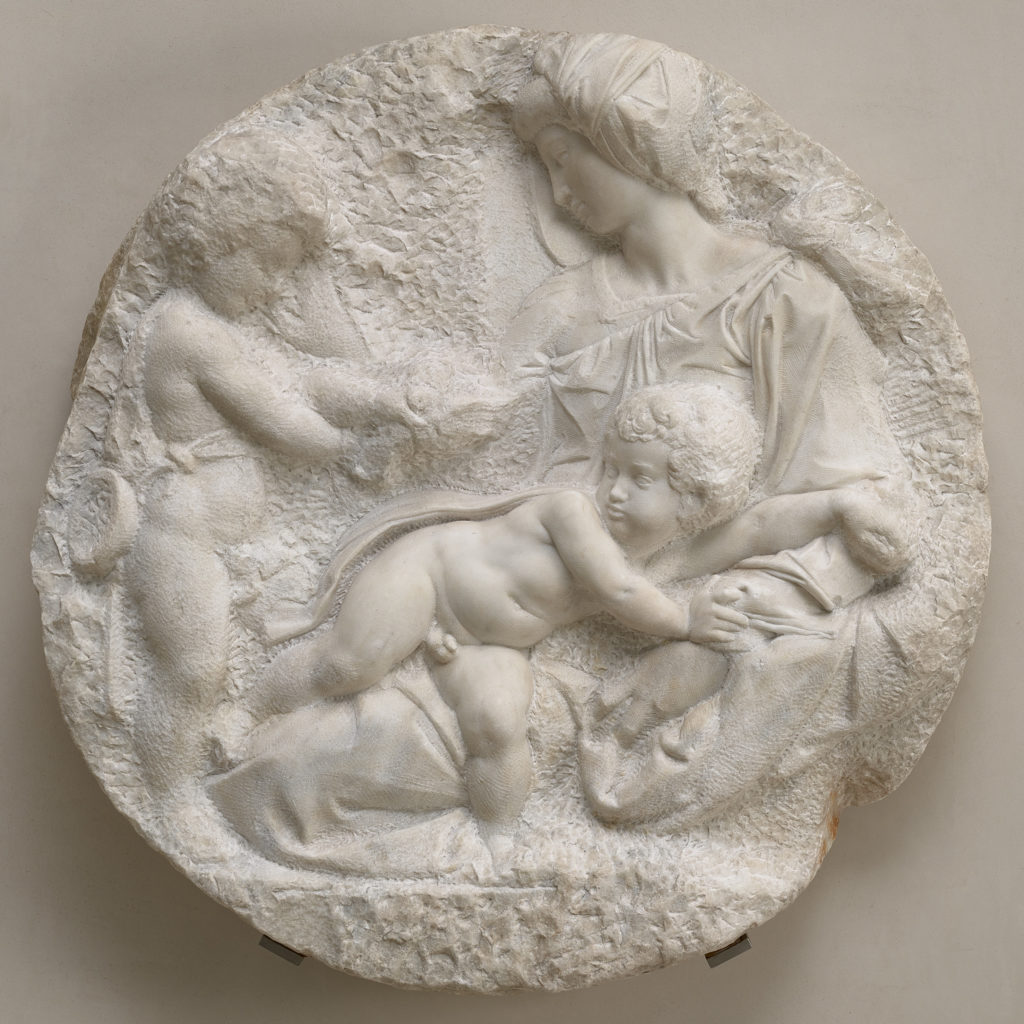
Michelangelo Buonarroti, The Virgin and Child with the Infant St John (c.1504–05). © Royal Academy of Arts, London; Photo by Prudence Cuming Associates Limited.
“Bill Viola/Michelangelo: Life Death Rebirth” is on view January 26 through March 31, 2019, at the Royal Academy in London.